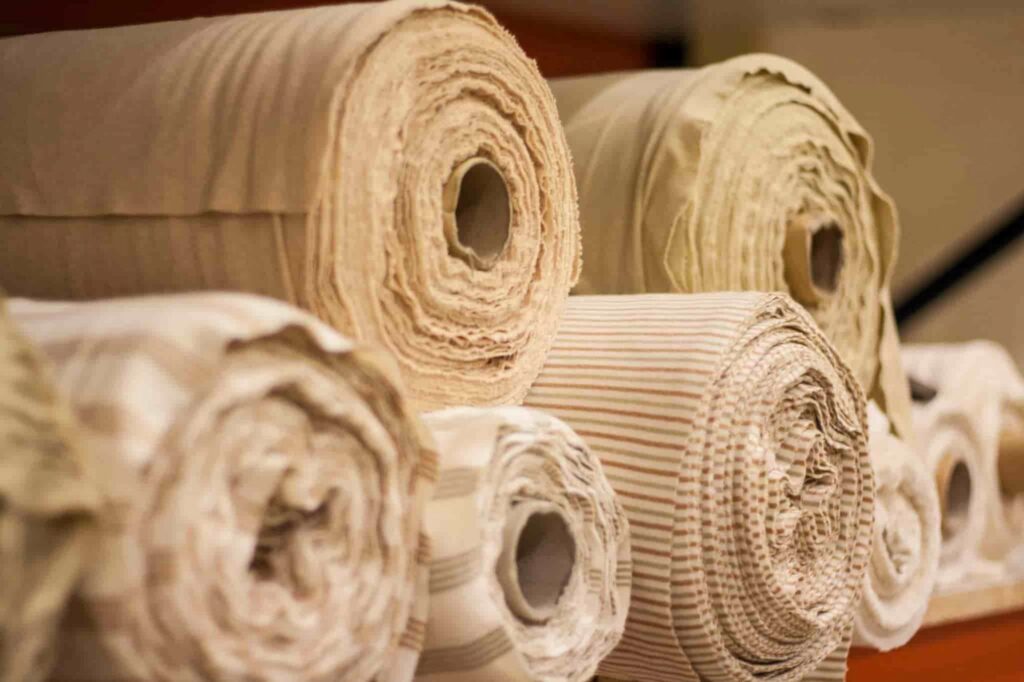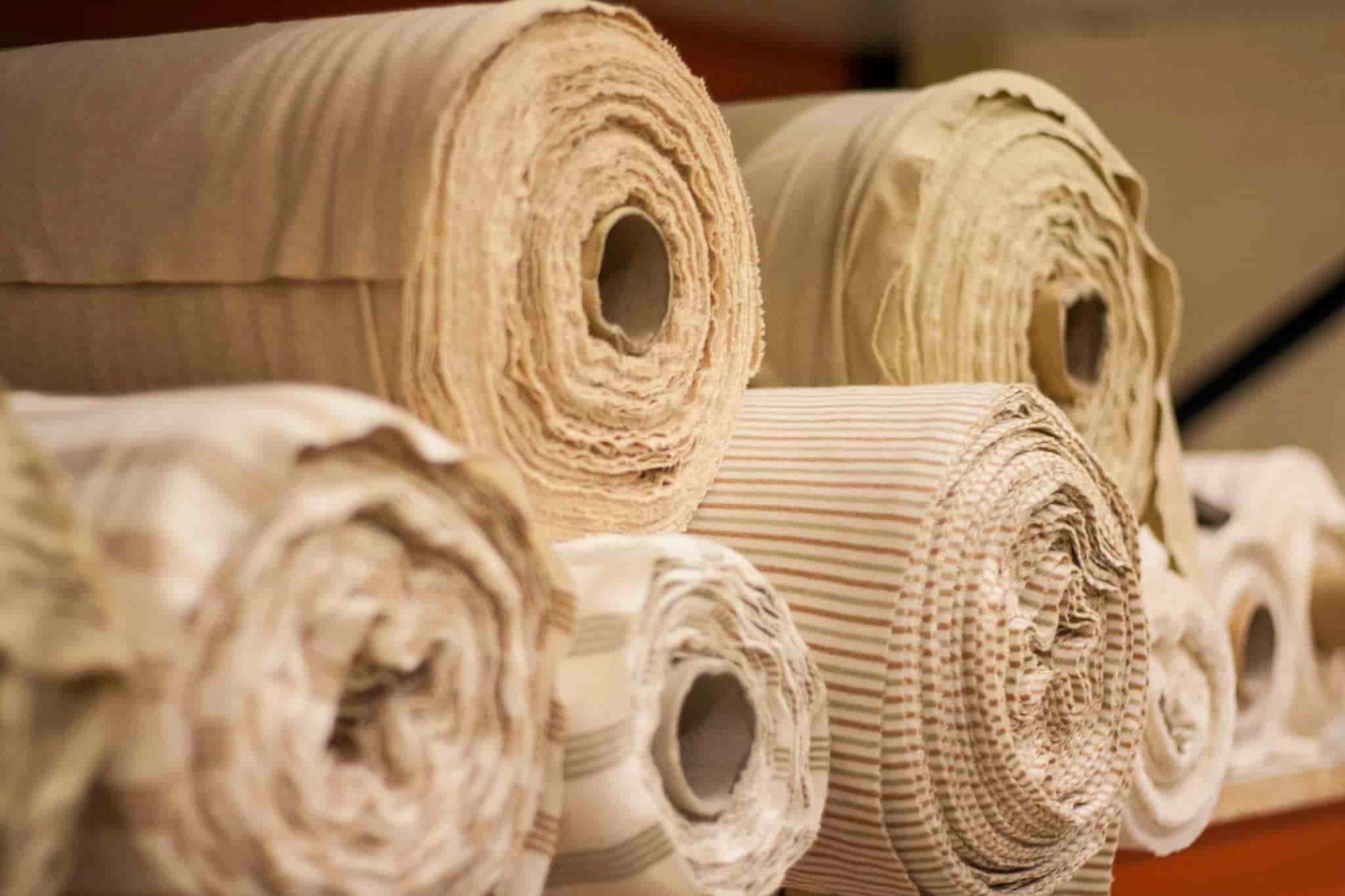“Natural”: a word that comforts, seduces, and sells.
In a world saturated with plastic and chemicals, going back to the natural seems obvious.
But what really hides behind this label?
Are all natural fibers as eco-friendly as we think?
Which ones are the rarest, most controversial, or least known?
This article offers a clear and well-documented overview to understand what “natural fiber” really means today.
🌱 Natural fiber? Yes, but which one?
Not all natural fibers are the same. There are two major families:
- Plant-based fibers: derived from plants, including cotton, linen, hemp, jute, ramie, coconut fiber, among others.
- Animal-based fibers: come from the hair or secretions of animals, like wool (sheep, alpaca, mohair, cashmere), silk, or even yak or camel hair.
These fibers have in common that they are biodegradable and come from a living source.
But their production methods, environmental impact, and properties vary widely.
For example, cotton is a very popular plant fiber but also one of the thirstiest in terms of water and pesticide use.
Linen, on the other hand, grows very well without chemical treatment, especially in Europe.
🧵 From plant to thread: a journey around the world
Each natural fiber has its native land, its expertise, its traditions. Some examples:
- Cotton: mainly produced in China, India, the U.S., and Pakistan.
- Linen: mostly grown in France, Belgium, and the Netherlands. Western Europe is the global leader.
- Hemp: recently rediscovered for its sustainable cultivation, it grows in China, Europe, and Canada.
- Wool: Australia and New Zealand are top producers, but South America (Argentina, Peru) is developing fine wools too.
- Silk: traditional in China and India, also found in Uzbekistan and Vietnam.
Knowing the origin helps understand production conditions and the social and environmental challenges behind our clothes.
🧐 And what about the ones no one talks about?
There are much rarer, surprising, or lesser-known natural fibers:
- Lotus fiber: extremely luxurious, handmade in Myanmar, soft and breathable.
- Nettle fiber: used in Europe before the cotton era, now making a comeback as a local alternative.
- Banana fiber: widely used in Asia, helps repurpose agricultural waste.
- Milk fiber (casein): a complex but innovative transformation based on non-consumable milk.
- Yak, vicuña, camel hair: highly insulating and rare animal fibers, often from artisan sources.
These intriguing materials prove that nature has many tricks up its sleeve.
⚠️ Natural ≠ Eco-friendly? Not always.
People often confuse “natural” with “planet-friendly”. But:
- Conventional cotton accounts for 25% of global pesticide use.
- Wool can be treated with chlorine, dyed with toxic chemicals, and cause animal suffering if poorly managed.
- Viscose is made from plant cellulose, but its chemical processing is highly polluting.
So it’s better to go beyond labels and look at actual practices: organic farming, local production, absence of toxic treatments… are much more telling than the “natural” label.
🤔 Natural fiber: noble material or marketing slogan?
Today, “natural” is a powerful sales argument. Brands know it evokes purity and authenticity.
But beware:
- A natural fiber can be blended with polyester without being clearly stated.
- Some brands highlight a “natural composition” when it’s only a small percentage.
- Greenwashing is lurking everywhere.
What really matters is transparency. Reading labels. Understanding certifications. Asking questions.
📆 What you wear has more impact than you think
Choosing a fiber is more than an aesthetic decision. It’s a commitment.
To the environment. To craftsmanship. To more conscious consumption.
Natural can be a beautiful material.
But without awareness, it’s just a word.
And sometimes, the most natural fiber… is truth.


